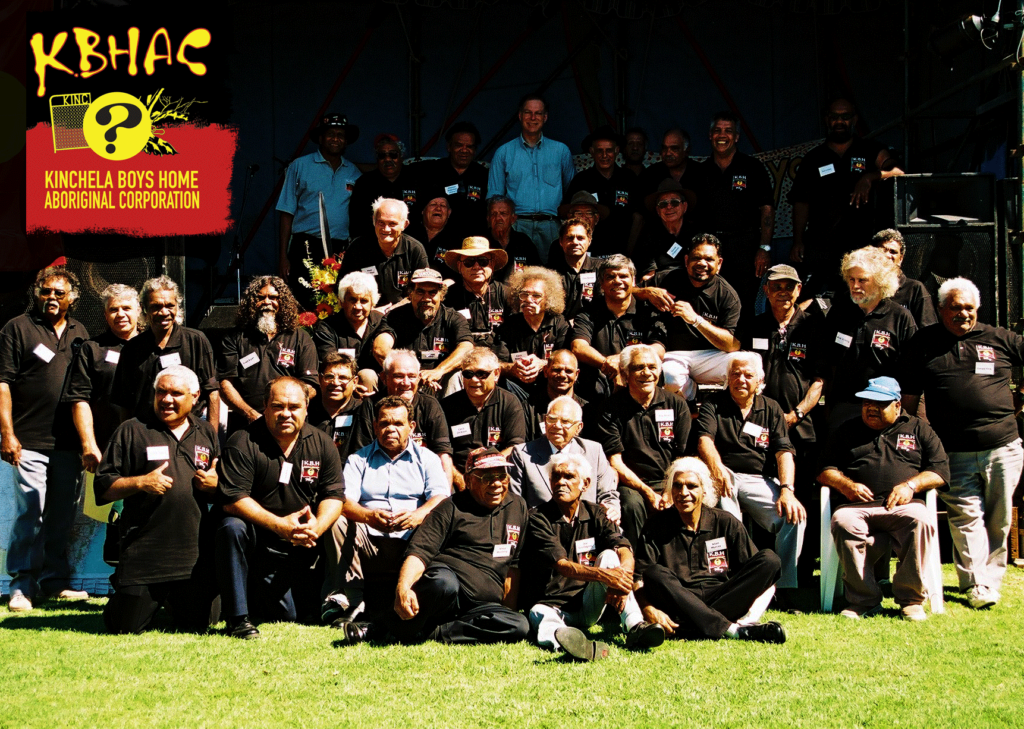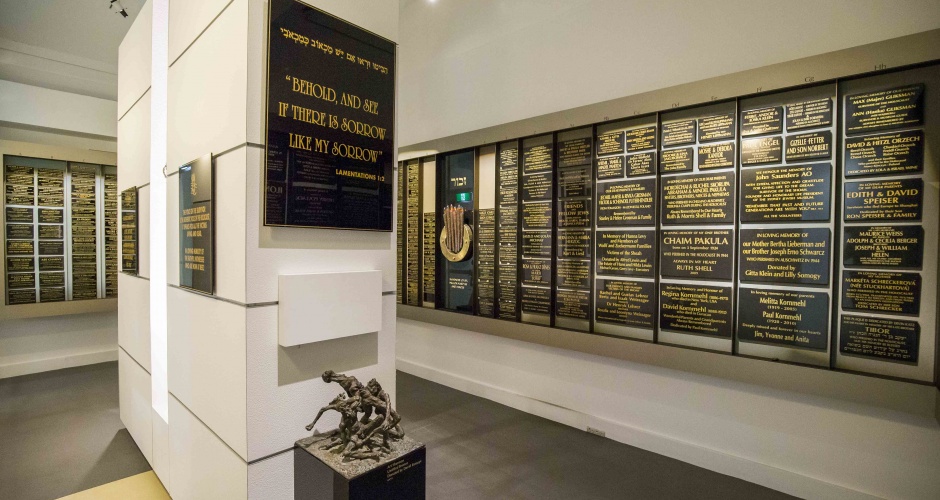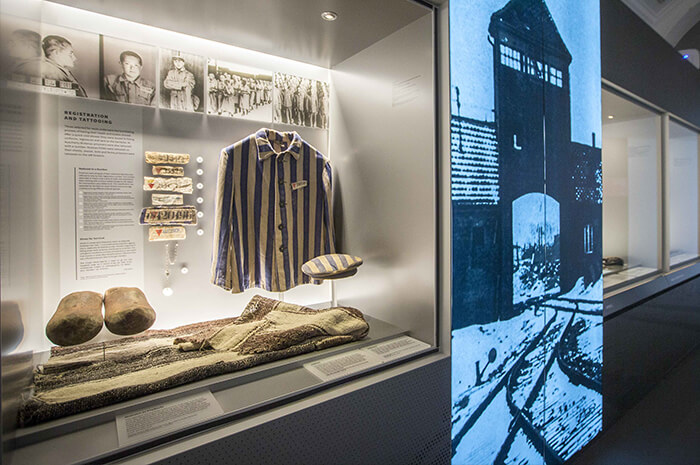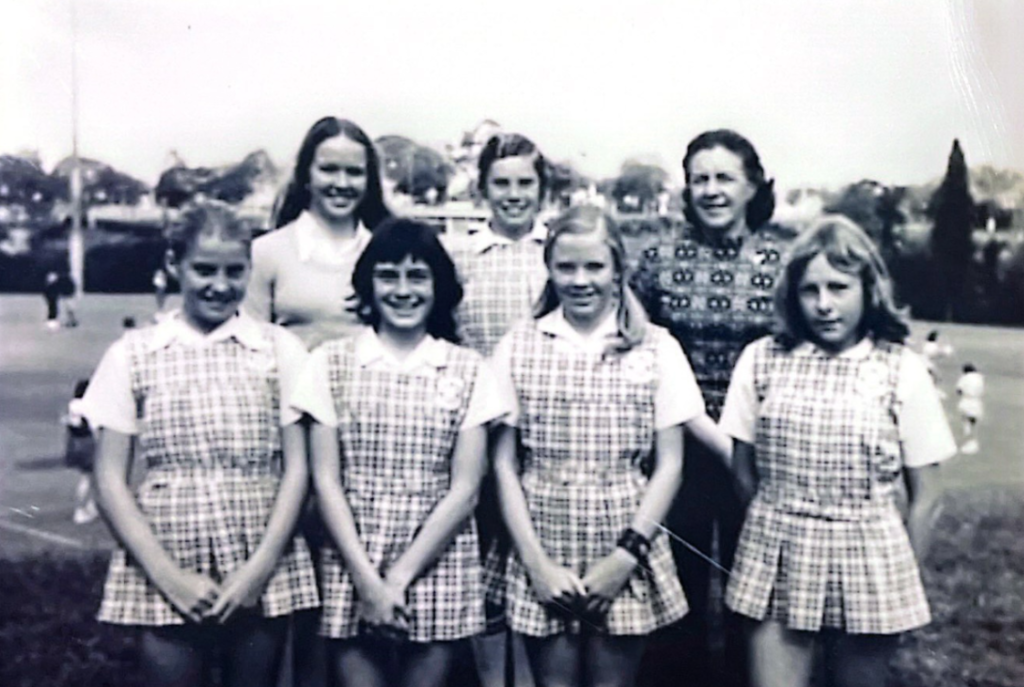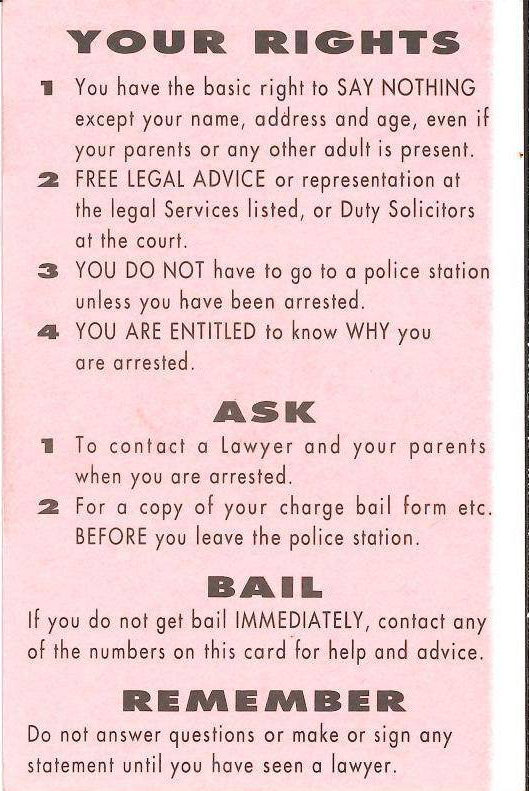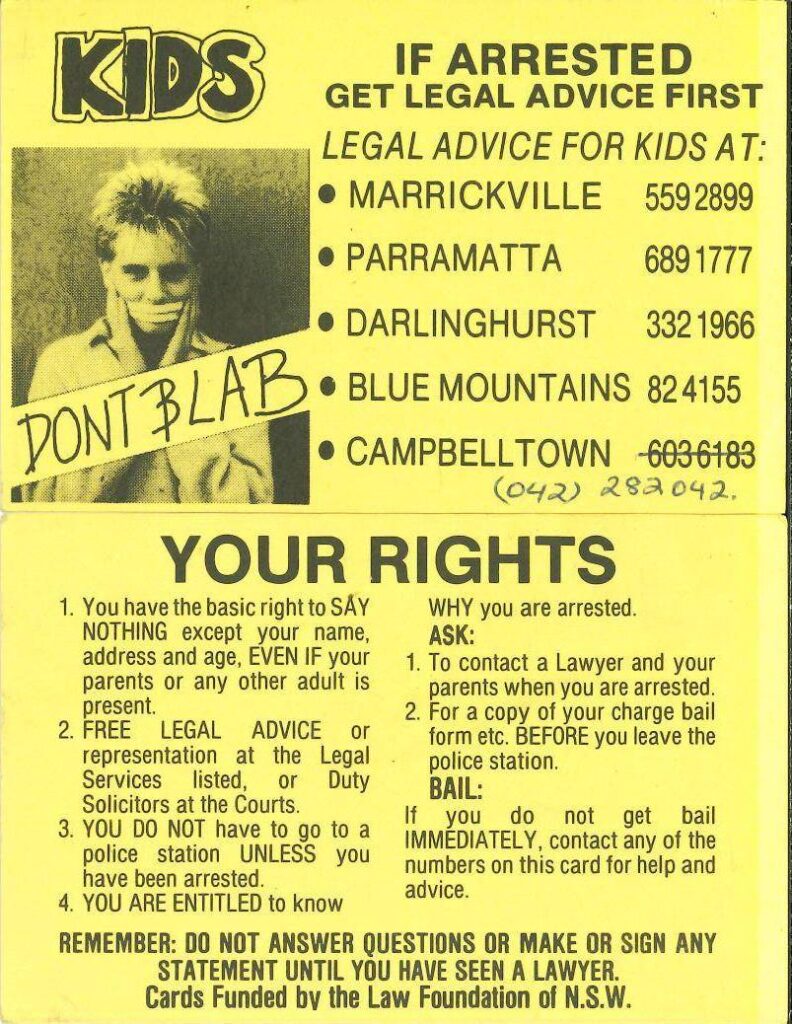This is the motto that characterises the Riding for The Disabled Association in Ryde, Sydney.

First RDA centre: England, 1970.
In riding a horse, we borrow freedom.
HELEN THOMPSON WOLLEY
The Riding for the Disabled (RDA) is a remarkable organisation dedicated to enhancing the lives of people with disabilities through equestrian activities. Founded in the UK in 1969, the RDA has grown into a global movement, with centres across Australia. I have chosen to work with the local Ryde Centre (NSW), which stands out for its commitment to providing inclusive equestrian experiences, fostering both physical and emotional development for its participants.

Young rider at the Ryde centre, NSW.
Empowering Lives Through Equine Therapy
The core mission of the RDA is to promote the therapeutic benefits of horse riding, which can significantly improve balance, coordination, and confidence in individuals with various disabilities. The organisation offers riding lessons tailored to the unique needs of each rider, ensuring that everyone, regardless of abilities, can experience the joy of being on the saddle. Beyond riding, the RDA enhances life skills, teamwork, and social interaction, creating a holistic approach to therapy that empowers its riders. The Ryde centre does this through creating a safe environment and an inclusive sense of community that enriches lives.
I chose to work with this organisation as I am deeply passionate about their work. Growing up with horses, I know the enriching impact riding can have. I also have a personal connection to the RDA, as my family have been volunteers for many years. Even just volunteering three times with the centre in Ryde so far, I have witnessed the transformative effects of equine therapy. During my first visit, I was told a story that will stay with me forever. A young boy was riding a horse that wouldn’t move forward. The instructor encouraged him, saying, “Tell him to walk on.” With a quiet yet determined voice, the boy replied, “Walk on.” At that moment, his mother, standing at the side, burst into tears. When asked if she was alright, she replied, “that was the first time I heard my son’s voice.” This powerful moment exemplifies the profound impact that riding can have on individuals, further inspiring me to contribute to the RDA Ryde Centre, especially through a project that raises awareness and uniquely documents its wonderful history.

Ryde centre, NSW.
Upon discussing what I can do to help the organisation, we arrived at the idea of a promotional video that showcases the diverse activities and stories of the RDA Ryde Centre. The volunteers explained to me that many people do not know the centre exists so this project would help to spread awareness. This video could feature interviews with participants, volunteers, and instructors, sharing their experiences and the positive impacts of the RDA. I also intend to incorporate oral history into this project, capturing the voices of long-time volunteers and riders. This initiative would not only document personal experiences but also the history of the RDA Ryde Centre in a way that is widely accessible. By gathering these personal narratives, I could create an overview of the centre’s evolution, showcasing its commitment to serving the community for current and future generations. Ultimately, my goal is to create a project that not only promotes awareness of the RDA Ryde Centre but also documents its history in a way that has not been done before. By utilising visual technology, I can reach a wider audience, inspiring more people to engage with this vital organisation.
The RDA is not just about riding; it is about building confidence, independence, and creating lasting connections through the power of horses. As I embark on this project, I hope to honour the legacy of the RDA while highlighting the incredible work they do for individuals with disabilities.
https://rdaryde.org.au/
https://www.facebook.com/rdaryde/

